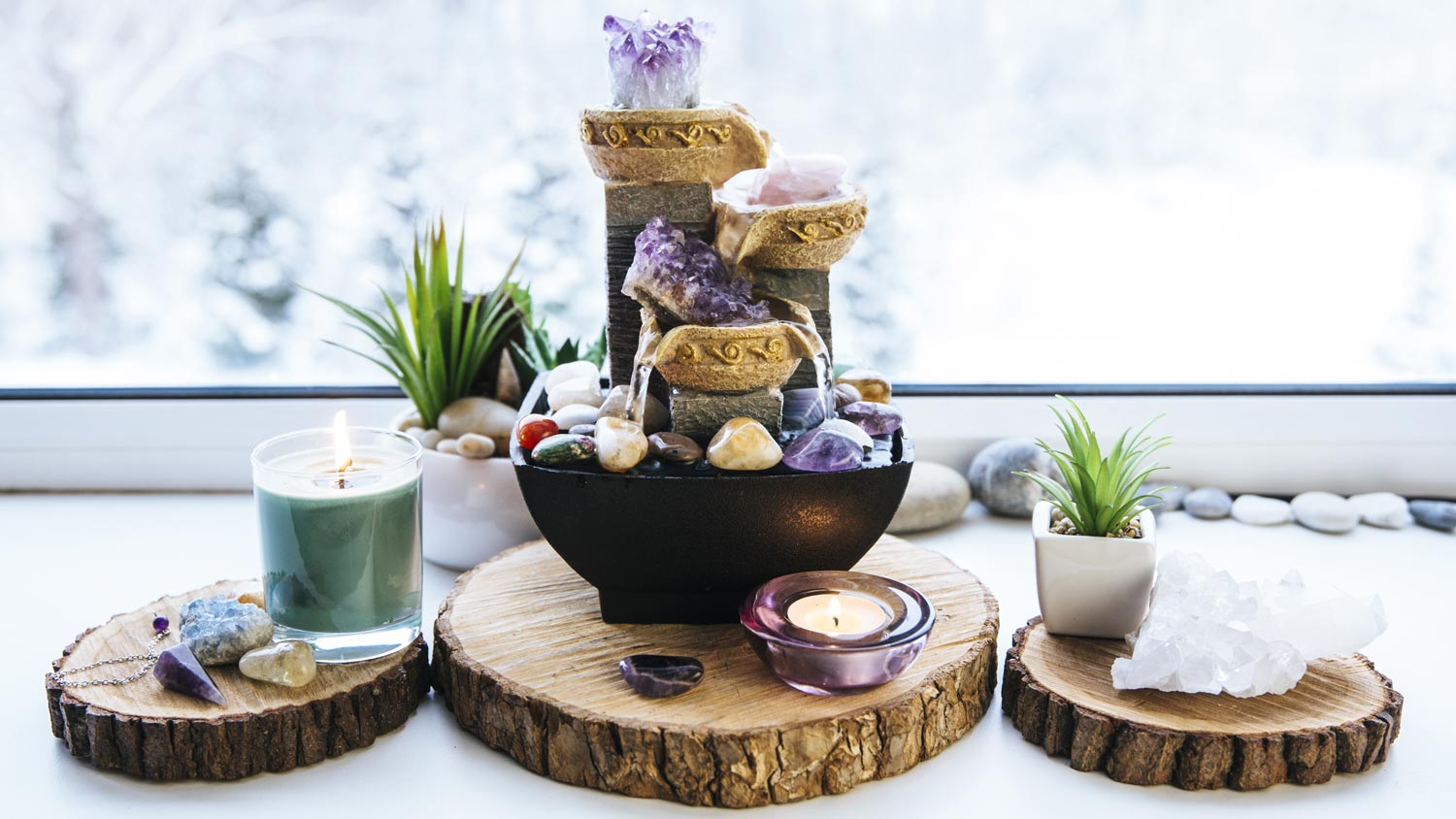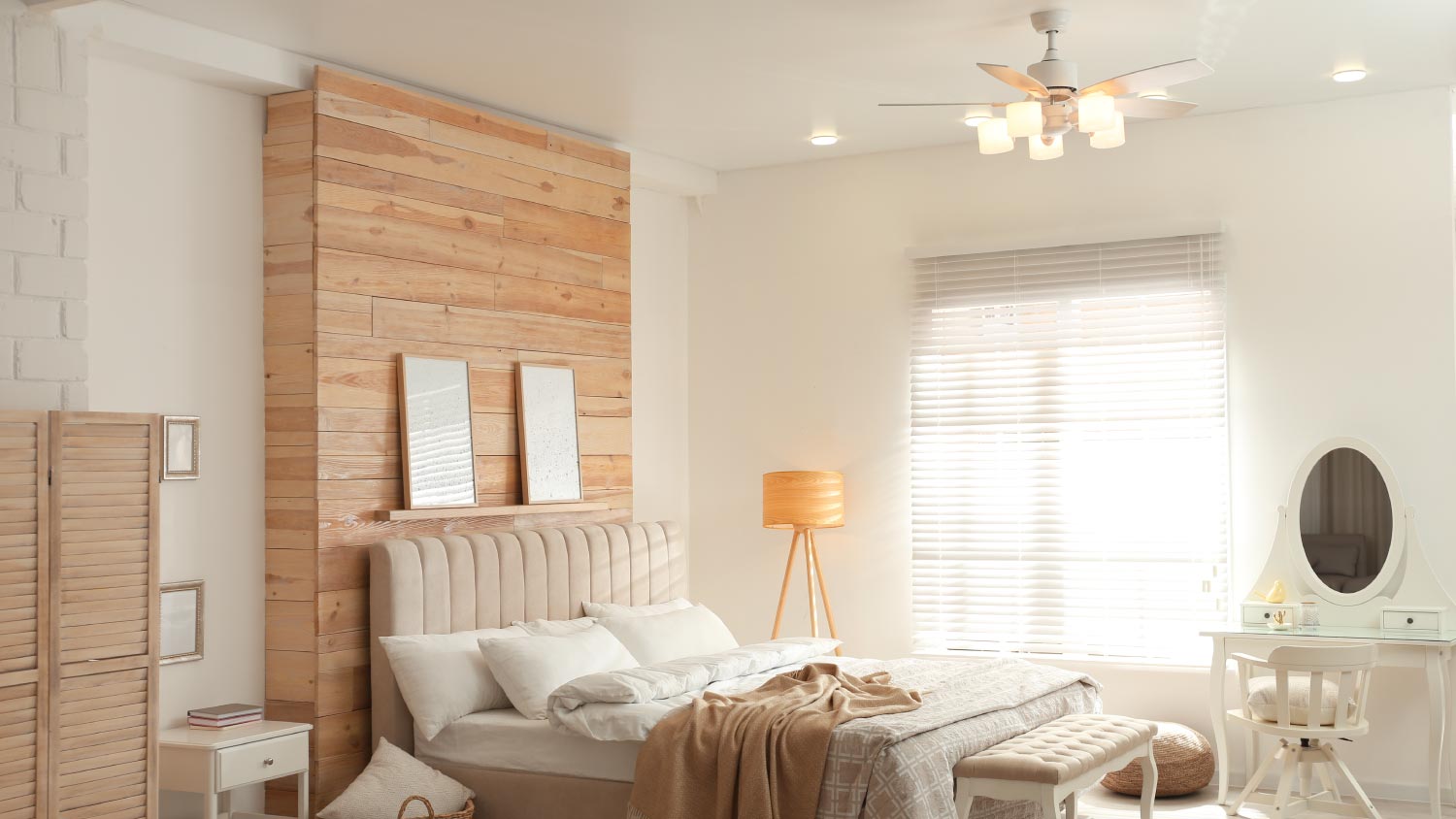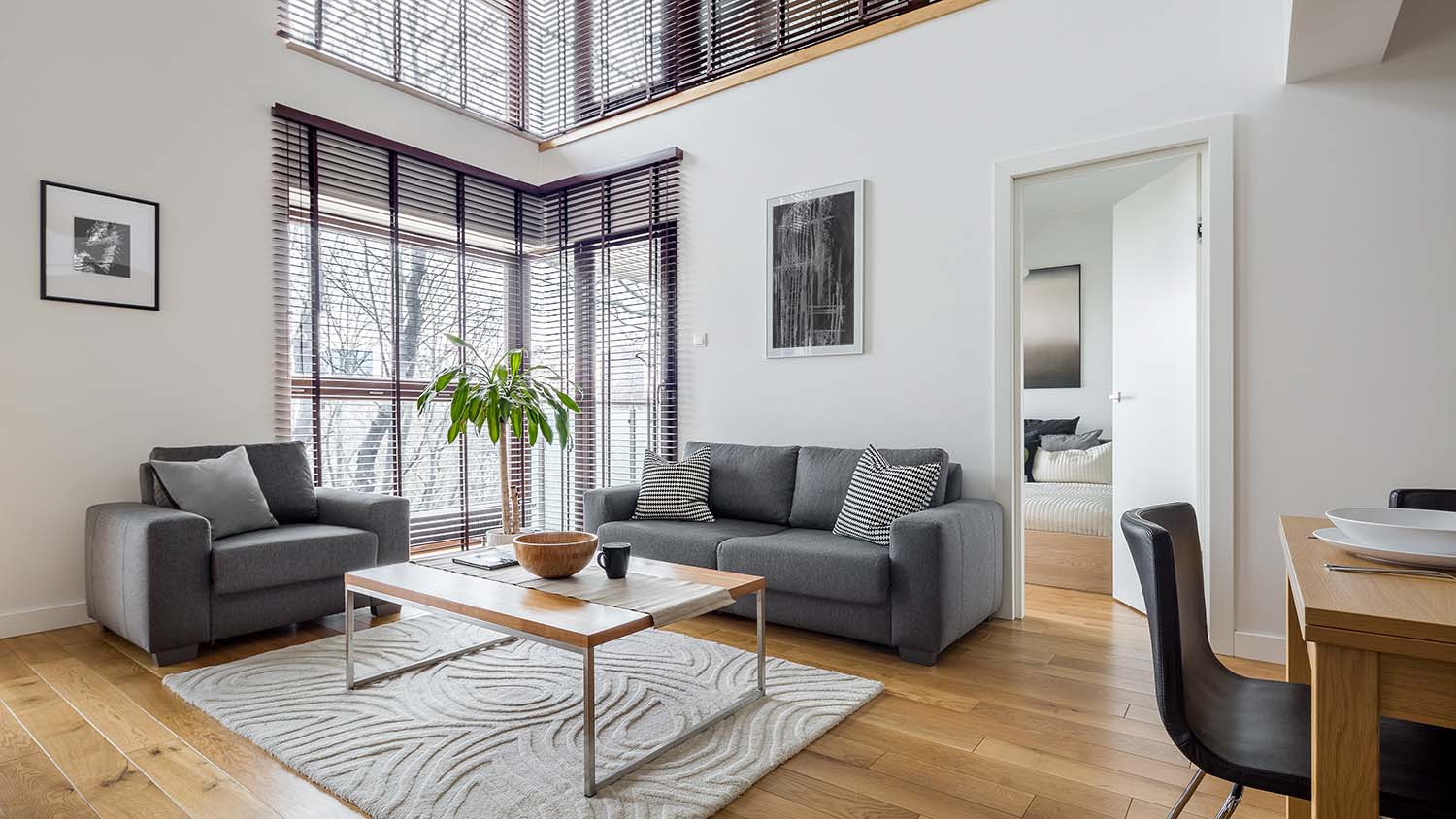
Discover the average feng shui consultant cost, what impacts pricing, and how to save on your consultation.
Before placing your new potted plant just anywhere in the house, consider your home's natural sunlight and where it will thrive year-round


Even if you think you’ll never have a green thumb, giving your plants the proper amount of sunlight is half the battle when keeping your plant family happy and healthy. But the natural light in our homes can be finicky, making it hard when figuring out the best plants for each room. We'll help you style your home with everything from light-loving jade plants to hearty spider plants that love the shade.
It's easy to assume that all plants adore the all-day rays of a bright window spot, but many plants have evolved to live under a shady canopy. Plants that can't handle direct sunlight may start to fade, wrinkle, or even show signs of burns on the edges of their leaves.
Begin by mapping out the brightest areas of your home with direct light for a large portion of the day. South-facing windows typically get the most light, but this may vary if you live in a dense city or have a shady yard. Note the windows that bring in several hours of light each day and any surfaces that catch the angle of the light.
Next, head to the nursery and start with the plants that love to bask in the sun all day. These include:
Jade plants
Croton
Hibiscus
String of pearls
Basil
Snake plants (fine in the shade as well)
Ponytail palm
Barrel cactus
Aloe vera
Sun-loving plants do best either on window sills, hanging in a window, or on the floor directly in the path of the sunlight. It's okay if the amount of light changes throughout the day. As long as they receive between four and six hours of light a day, they should flourish just fine.
Most homes have more indirect sunlight than direct. Because of this, it can feel tricky to figure out which plant will survive on a shady bookshelf. Remember that not all plants do well in all-day sun, so you're not a bad plant parent by keeping them away from the window.
House plants can help create a healthy home, so you shouldn't miss out on their benefits just because your light comes and goes. Plants can help those ailing from allergies, insomnia, or general air pollutants.
Pick out a few hearty plants that are happy in a light-filled room without the direct rays. These include:
Philodendrons
Staghorn ferns
English Ivy
Monstera
Maidenhair fern
Baby rubber plant
Lucky bamboo
Golden pothos
Think of all the tricky spots in your home that could use a little lush greenery. Bathroom plants, for example, are excellent for those that don't mind a bit of humidity. You can also keep low-light plants on your work-from-home desk, your nightstand, or when decorating a bookshelf.
Some rooms of our homes simply never get direct—or particularly long indirect light—even on the best of days. Grow LED lights allow plants to grow without the help of the sun. Depending on what you're growing, you may need a full-spectrum grow light or one that includes an individual spectrum for your unique type of plant.
You can grow plants from seed or pop a fully grown, potted plan underneath it as well. Many gardeners can even use these lights for indoor herb and vegetable gardens. Heartier plants, like the ones in our low-light sections, are best here. For example:
Pothos
Spider plants
ZZ plants
English ivy
Cast iron plant
Snake plant
Geraniums
Maidenhair ferns
As grow lights become more popular, it's getting a bit easier to match them with your decor. Some grow lights come with wooden shelving or an attachment to slip them onto a bookshelf or under your kitchen cabinets. You can also purchase the LED grow light bulbs, but be sure your chosen fixture allows the amount of wattage.
Moisture can play just as much of a role in your plant's health as sunlight. High-humidity houseplants like ferns, snake plants, and gardenias will love the bathroom or an enclosed porch in a humid part of the country.
Low-humidity lowers include those that naturally come from desert climates or are resilient against changing environments. Think succulents, baby rubber plants, and the hearty snake plant.
Sun and humidity are also essential when you transfer your outdoor potted plants indoors for the winter. As temperatures start to regularly cool to below 50 degrees Fahrenheit, transfer the pots inside to slowly help them adjust between the cool weather outside and the dry, warm air inside. The early transition allows the plants to adapt naturally without the shock.
Most of your outdoor plants will need direct sunlight in the winter, so be sure to leave a few parking spots for these plants when it comes time to welcome them indoors.
Remember that humidity and sunlight directly relate to when and how much water each plant needs. This is particularly helpful to know when you need to hire local a plant watering service when you're away and can't keep an eye on your foliage.
From average costs to expert advice, get all the answers you need to get your job done.

Discover the average feng shui consultant cost, what impacts pricing, and how to save on your consultation.

The cost to replace trim depends on factors such as style, material, and whether you hire a pro. Find out what your budget could look like for this project.

How much does an interior designer cost? Discover average prices, cost factors, and tips to help you budget for your next home design project.

Discover the average cost of stretch ceiling installation, key price factors, and ways to save. Get transparent pricing to plan your stretch ceiling project.

Discover the cost to furnish a house, including average prices, cost factors, and tips to help homeowners budget for every room.

If you’re getting ready to install some trim or molding inside your home, here are some of the questions you should expect to discuss with a pro.